Home>Interior Design>Cape Cod House Style – The Ultimate Guide To What It Is And How To Get The Look
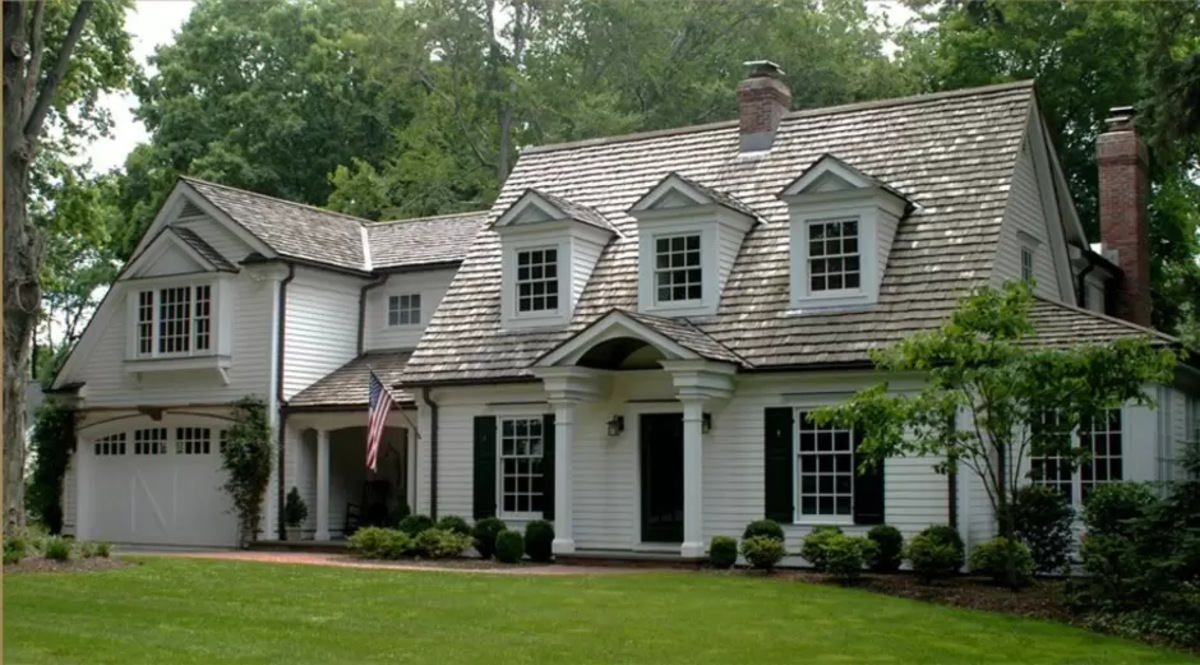

Interior Design
Cape Cod House Style – The Ultimate Guide To What It Is And How To Get The Look
Modified: October 20, 2024
Discover the timeless charm of Cape Cod house style with our ultimate guide. Explore the interior design elements that define this classic look and learn how to achieve it in your own home.
(Many of the links in this article redirect to a specific reviewed product. Your purchase of these products through affiliate links helps to generate commission for Storables.com, at no extra cost. Learn more)
Introduction
Welcome to the ultimate guide to the Cape Cod house style! If you’re a fan of classic American architecture and timeless design, then you’re in for a treat. The Cape Cod style is a beloved and iconic home design that has been capturing hearts for centuries.
Named after the Cape Cod peninsula in Massachusetts, this architectural style originated in the 17th century and has since become synonymous with coziness, charm, and a sense of history. With its simple yet elegant features, the Cape Cod house style has stood the test of time and continues to be a popular choice for homeowners today.
In this comprehensive guide, we will delve into the history, characteristics, and unique features of Cape Cod houses. We’ll explore both the exterior and interior aspects, including the iconic roof styles, windows, doors, color schemes, floor plans, decor, and much more. Whether you’re a homeowner looking to remodel or simply an architecture enthusiast, this guide will provide you with all the information you need to understand and recreate the Cape Cod house look.
So, grab a cup of tea, sit back, and prepare to be inspired by the beauty and simplicity of the Cape Cod house style. Let’s get started!
Key Takeaways:
- Embrace the timeless charm of Cape Cod houses by incorporating symmetrical design, steep gable roofs, coastal color schemes, and nautical accents to create a cozy and inviting home with enduring appeal.
- Whether near the coast or in a suburban neighborhood, capture the essence of Cape Cod houses with well-manicured landscaping, classic interior features, and a balanced blend of coastal elements to evoke a sense of tranquility and timeless beauty.
History of the Cape Cod house style
The Cape Cod house style has a rich history that dates back to the early colonial era in America. It originated in the late 17th century when English settlers began building homes in the New England region, specifically along the coast of Cape Cod, Massachusetts.
These early settlers brought with them their architectural traditions, which heavily influenced the design of Cape Cod houses. The style was a practical response to the harsh weather conditions and limited resources in the area, making use of locally available materials and incorporating elements suited to the coastal environment.
Originally, Cape Cod houses were modest and functional dwellings, reflecting the simplicity of life in the colonial days. The houses were designed to withstand the strong winds, harsh winters, and salt air prevalent in the region. The steep roof pitch, known as a “pitched” or “steep gable” roof, helped to shed snow and rain easily, while the symmetrical facade and minimal ornamentation added to the practicality and efficiency of the design.
Over time, as the region prospered and the population grew, Cape Cod houses began to evolve. In the 18th century, the style gained popularity as a symbol of prosperity and social status among the affluent residents of Cape Cod. Wealthier homeowners started adding wings, dormers, and decorative elements to their houses, giving rise to the “expanded Cape” style.
During the 20th century, the Cape Cod house style experienced a revival, with architects and designers across the country being inspired by its timeless charm. The simplicity and versatility of the design made it an ideal choice for suburban developments and vacation homes, spreading its popularity beyond the boundaries of Cape Cod.
Today, the Cape Cod house style continues to be a beloved and sought-after choice for homeowners looking for a blend of traditional elegance and practicality. Its rich history and enduring design elements are a testament to the enduring appeal of this architectural gem.
Characteristics of Cape Cod houses
Cape Cod houses are known for their distinct features and unique charm. Here are some of the key characteristics that define the Cape Cod house style:
- Symmetrical Design: One of the defining features of Cape Cod houses is their symmetrical facade. The front entrance is typically centered, with an equal number of windows on either side. This symmetrical layout adds a sense of balance and visual appeal to the overall design.
- Steep Gable Roof: The steeply pitched roof is another hallmark of Cape Cod houses. It serves both functional and aesthetic purposes. The steep angle helps shed snow easily during winter, while the gable shape adds to the architectural charm of the house.
- Central Chimney: Many Cape Cod houses have a central chimney, which serves as a focal point and provides warmth and functionality to the interior. The chimney is often positioned in the middle of the house and can be seen protruding through the peak of the roof.
- Dormer Windows: Dormer windows are another characteristic feature of Cape Cod houses. These windows are often located on the upper level of the house and protrude from the roofline, adding both architectural interest and additional natural light to the attic or upper-level rooms.
- Shingle Siding: Cape Cod houses typically feature cedar shingle siding, which not only adds to the visual appeal but also helps to protect the house from the harsh coastal weather. The shingles are often left in their natural cedar color or painted in muted hues such as gray or white.
- Cozy Proportions: Cape Cod houses evoke a sense of coziness and intimacy. They are usually compact and have a modest footprint, making them ideal for smaller families or as vacation homes. The emphasis is on creating a warm and inviting atmosphere rather than on grandiose or expansive spaces.
- Symmetrical Windows: Like the facade, the windows in a Cape Cod house are often symmetrically placed. Double-hung windows with divided light panes are common, adding to the traditional and timeless appeal of the style.
These characteristics work together to create the quintessential Cape Cod house look. Whether situated on the idyllic shores of Cape Cod or in a suburban neighborhood, the charm and elegance of this architectural style continue to capture the hearts of homeowners and architecture enthusiasts alike.
Exterior Features of Cape Cod Houses
The exterior of a Cape Cod house is a key component of its overall charm and distinctiveness. Here are some notable features that contribute to the iconic look of these homes:
- Simple and Symmetrical Design: Cape Cod houses typically have a simple rectangular shape with a symmetrical facade. The front entrance is centered, flanked by an equal number of windows on each side, creating a sense of balance.
- Steep Gable Roof: The steeply pitched roof is a defining feature of Cape Cod houses. Its purpose is both functional and aesthetic. The steep angle allows snow and water to easily slide off during wintery weather, while the gable shape adds architectural interest to the overall design.
- Dormer Windows: Dormer windows are another characteristic of Cape Cod houses. These windows protrude from the roofline, usually on the upper level, and add both aesthetic appeal and additional natural light to the interior space. Common dormer styles include gable, shed, and eyebrow dormers.
- Exterior Siding: Cape Cod houses traditionally feature cedar shingle siding, which not only protects the house from the harsh coastal weather but also adds to its charming aesthetic. The shingles are often left in their natural cedar color or painted in muted hues such as gray or white.
- Window Shutters: Many Cape Cod houses include window shutters as decorative accents. While originally functional, shutters are now primarily used to enhance the visual appeal and add a touch of traditional charm to the exterior of the house.
- Central Chimney: A central chimney is a common feature in Cape Cod houses, typically positioned in the middle of the house and visible through the peak of the roof. It not only serves as a functional element for providing warmth but also adds character to the exterior design.
- Landscaping: The landscaping surrounding a Cape Cod house is often designed to complement its traditional and inviting feel. Manicured lawns, lush gardens, and well-trimmed hedges are commonly seen, enhancing the overall curb appeal.
These exterior features collectively contribute to the timeless and picturesque charm of Cape Cod houses. Whether located by the sea or in a suburban neighborhood, these architectural elements continue to captivate homeowners with their classic and enduring design.
Roof Styles in Cape Cod Houses
The roof style is a key architectural element that defines the overall look and character of a Cape Cod house. Here are some of the common roof styles used in Cape Cod houses:
- Gable Roof: The gable roof is the most classic and iconic roof style found in Cape Cod houses. It features two sloping sides that meet at a ridge, forming a triangular shape. The steep pitch of the gable roof helps to shed snow and rain easily, making it well-suited for the New England region.
- Hip Roof: While less common than the gable roof, the hip roof can also be found in some Cape Cod houses. Unlike the gable roof, the hip roof has slopes on all four sides that meet at the top to form a ridge. This style adds a touch of architectural interest and uniqueness to the house.
- Gambrel Roof: The gambrel roof, also known as a barn-style roof, is a distinct roof style often seen in Cape Cod houses inspired by Dutch colonial architecture. It has two slopes on each side, with the upper slope being shallower and the lower slope steeper. This roof style creates more space in the attic and adds a sense of visual appeal to the house.
- Shed Roof Dormers: Shed roof dormers are a popular addition to Cape Cod houses, particularly those with one or one-and-a-half stories. These dormers have a single sloping roof, typically placed on the front or sides of the house. They not only allow for additional headroom and natural light in the upper-level rooms but also enhance the overall aesthetic of the roofline.
- Oriel Windows: Oriel windows are another unique feature that can be incorporated into the roof design of Cape Cod houses. These windows are typically placed on the upper level and project out from the roofline, adding architectural interest and providing panoramic views from the interior space.
When choosing a roof style for your Cape Cod house, it’s crucial to consider factors such as the climate, architectural harmony, and personal preferences. The roof plays a significant role in the overall aesthetic and functionality of the house and should be selected with care.
Whether you opt for the classic gable roof, the distinctive gambrel roof, or incorporate dormers for added charm, the roof style of your Cape Cod house will contribute to its timeless beauty and enduring appeal.
Read more: Saltbox House Style – The Ultimate Guide
Windows and Doors in Cape Cod Houses
Windows and doors are important architectural elements that greatly contribute to the overall charm and character of Cape Cod houses. Here are some noteworthy features and considerations when it comes to windows and doors in this style:
- Double-Hung Windows: Double-hung windows are a common choice in Cape Cod houses. These windows consist of two sashes that slide vertically, allowing for easy ventilation. They often feature divided light panes, adding a traditional and timeless appeal to the overall design.
- Symmetrical Window Placement: Cape Cod houses typically exhibit a symmetrical facade, and this symmetry extends to the placement of windows. The number and positioning of windows on either side of the front entrance are usually balanced, creating a harmonious and pleasing visual effect.
- Dormer Windows: Dormer windows are a beloved feature in Cape Cod houses. They not only provide additional natural light to the upper-level rooms but also add architectural interest to the roofline. Common dormer styles found in Cape Cod houses include gable dormers, shed dormers, and eyebrow dormers.
- Sash Windows: In older Cape Cod houses, you may find traditional sash windows. These windows have one or more movable panels, known as sashes, that slide vertically or horizontally. Sash windows add to the authenticity and historical charm of the house.
- Shutters: Many Cape Cod houses feature decorative shutters on the windows. While they may not be functional in some cases, shutters add a touch of traditional charm and can be painted in complementary or contrasting colors to enhance the overall aesthetics of the house.
- Front Entry Door: The front entry door of a Cape Cod house is an important focal point. It is typically framed by a covered porch or entryway and can be solid or feature windows. Classic choices for the front door include wood, fiberglass, or a combination of both for a balance of durability and style.
- Symmetrical Door Placement: Similar to the window placement, the doors are often symmetrically positioned in Cape Cod houses. This adds to the balanced and harmonious appearance of the overall design.
When choosing windows and doors for your Cape Cod house, consider maintaining the style’s traditional and symmetrical aesthetic. Opt for window and door styles that evoke a sense of timeless elegance while providing functionality and durability. The windows and doors will not only enhance the architectural charm of the house but also contribute to its overall curb appeal and visual impact.
Color Schemes for Cape Cod Houses
The color scheme of a Cape Cod house plays a crucial role in enhancing its overall charm and curb appeal. Here are some popular color options that complement the timeless elegance of this architectural style:
- Classic White: White is a quintessential color choice for Cape Cod houses. It exudes a clean and fresh look while providing a timeless and traditional appeal. A white exterior can also serve as a blank canvas, allowing other architectural elements, such as the roof or front door, to stand out.
- Soft Grays: Grays are another popular choice for Cape Cod houses. Light or soft shades of gray lend a sophisticated and understated elegance to the exterior. They also complement the natural shingle siding often found in Cape Cod homes.
- Soft Blues: Soft blue hues evoke a coastal and nautical feel that aligns perfectly with the Cape Cod house style. Light blue colors, such as sky blue, can create a calming and serene atmosphere, while deeper shades like navy blue can provide more depth and richness to the exterior.
- Earthy Tones: Cape Cod houses can also be beautifully complemented by earthy tones, such as beige, tan, or sandy hues. These colors blend harmoniously with the natural surroundings and evoke a sense of warmth and serenity.
- Contrasting Accents: While the main color of a Cape Cod house is often in a neutral palette, incorporating contrasting accents can add visual interest and dimension. For instance, you could choose a bolder color, like black or deep red, for the front door, shutters, or trim to create a focal point and accentuate key architectural features.
When selecting a color scheme for your Cape Cod house, consider the surrounding environment, architectural features, and personal preferences. Take into account the natural light, the landscape, and the overall aesthetic you wish to achieve.
Lastly, it’s essential to keep in mind that the color scheme you choose should not only enhance the beauty of the house but also harmonize with the neighborhood and maintain its timeless appeal for years to come. Take the time to explore color options, consider samples, and consult with professionals if needed, to ensure that you create a cohesive and visually pleasing look for your Cape Cod home.
When decorating a Cape Cod style home, opt for a neutral color palette with pops of blue and white for a classic coastal look. Incorporate natural materials like wood and wicker for a cozy and inviting feel.
Interior Features of Cape Cod Houses
The interior of a Cape Cod house is just as charming and distinctive as its exterior. The design and features reflect a cozy and inviting atmosphere, often inspired by its coastal surroundings. Here are some notable interior features found in Cape Cod houses:
- Open Layout: Cape Cod houses often have an open and flowing layout, creating a sense of spaciousness and connectivity between different areas. The main living spaces, such as the living room, dining room, and kitchen, are typically designed to seamlessly transition one into another, facilitating conversation and interaction.
- Exposed Beams: Exposed ceiling beams, typically made of wood, are a common feature in Cape Cod houses. These beams add a touch of rustic charm and visual interest to the interior, giving a nod to the historical influences of this architectural style.
- Cottage-style Trim: Cape Cod houses often feature cottage-style trim work, adding a layer of detail and craftsmanship to the interior. Crown molding, window trim, and baseboards are typically simple and painted in crisp white or soft neutral tones, enhancing the classic and timeless aesthetic.
- Fireplace: A fireplace is a cozy focal point in many Cape Cod houses, providing warmth and comfort during the colder months. The fireplace can be positioned in the living room or a central gathering area, creating a welcoming ambiance and serving as a gathering spot for family and friends.
- Hardwood Flooring: Hardwood flooring is a popular choice for Cape Cod houses. Oak, maple, and pine are commonly used, adding warmth and character to the interior. Light-colored or whitewashed wood floors can further enhance the coastal charm and lend a bright and airy feel.
- Neutral Color Palette: Cape Cod interiors often feature a neutral color palette that complements the coastal surroundings. Whites, creams, beiges, and soft grays dominate the walls, creating a serene and calming backdrop. This neutral base allows for flexibility in decorating and allows furnishings and accents to stand out.
- Nautical Accents: Nautical accents and motifs are often incorporated into the interior design of a Cape Cod house, paying homage to its coastal heritage. These can include elements such as ropes, shells, anchor motifs, striped fabrics, and framed seascapes, adding a touch of seaside charm and visual interest.
The interior features of a Cape Cod house reflect a timeless and inviting aesthetic. The combination of an open layout, exposed beams, cottage-style trim, and nautical accents creates a cozy, warm, and relaxing environment that embraces the coastal lifestyle.
When decorating the interior of your Cape Cod house, consider incorporating natural textures, comfortable furnishings, and coastal-inspired decor to further enhance the overall charm and coziness. The goal is to create a space that feels like a retreat, where you can relax, unwind, and embrace the timeless beauty of the Cape Cod style.
Floor Plans in Cape Cod Houses
Cape Cod houses are known for their functional and efficient floor plans that maximize space and provide a comfortable living environment. The layout of a Cape Cod house typically reflects its traditional and timeless architectural style. Here are some key features and considerations when it comes to floor plans in Cape Cod houses:
- Compact Footprint: Cape Cod houses are often designed with a compact footprint, making them ideal for smaller families or as vacation homes. The smaller footprint allows for efficient use of space and promotes a cozy and intimate atmosphere.
- Two-Story Design: Most Cape Cod houses feature two stories, with the main living areas located on the first floor and the bedrooms on the second floor. This design allows for separation between public and private spaces, providing a sense of privacy and functionality.
- Center Hallway: A center hallway is a common element in Cape Cod houses, providing a clear division between different areas of the house. This central hallway often leads from the main entrance door to the rear of the house and is flanked by rooms on either side.
- First-Floor Master Suite: Some Cape Cod houses include a first-floor master suite, allowing for convenient and accessible living. This feature is particularly desirable for those who prefer not to navigate stairs frequently or who want to have a private retreat on the main level.
- Efficient Use of Space: Cape Cod houses are known for their efficient use of space. The layout typically avoids wasted space and focuses on functional areas that cater to the needs of the homeowners. Built-in storage solutions, such as closets and nooks, are often incorporated to maximize storage space.
- Flexible Room Options: Cape Cod houses usually offer flexibility in room usage. For example, a room on the first floor can be used as a bedroom, office, or den, depending on the homeowner’s lifestyle and needs. This adaptability makes Cape Cod homes versatile and adaptable for changing living arrangements.
When designing or renovating a Cape Cod house floor plan, it’s important to consider the needs of your household. Think about how spaces will be used and how they can flow together harmoniously. While Cape Cod houses have traditional layouts, there is room for customization and modern touches to suit individual preferences.
Ultimately, the floor plan of a Cape Cod house works to create a functional, comfortable, and charming living environment that embraces the timeless architectural style of this beloved home design.
Decor and Furnishings in Cape Cod Houses
The decor and furnishings in Cape Cod houses are reflective of the classic and timeless coastal style that these homes exude. Here are some key considerations when it comes to decorating and furnishing a Cape Cod house:
- Coastal-Inspired Themes: Cape Cod houses often draw inspiration from their coastal surroundings. Embrace a coastal-inspired theme by incorporating elements like nautical accents, seashells, ropes, and artwork depicting the ocean. Use colors that evoke a sense of the seaside, such as soft blues, whites, and sandy tones.
- Natural Materials: To enhance the natural and inviting ambiance of a Cape Cod house, opt for furnishings made from natural materials. Consider using hardwood furniture, wicker or rattan accents, and linen or cotton fabrics. These organic textures bring a sense of warmth and comfort to the space.
- Light and Airy Colors: Light and airy colors help create a bright and fresh atmosphere inside a Cape Cod house. Stick to neutral and pastel colors for walls, upholstery, and draperies. Whites, creams, and soft grays serve as a backdrop that allows natural light to bounce around the room.
- Stripes and Patterns: Stripes are a quintessential pattern in Cape Cod house decor. Incorporate striped patterns through pillows, rugs, or even upholstered furniture. Additionally, consider introducing other patterns like gingham, checks, or floral prints to add visual interest and depth to the space.
- Vintage and Antique Accents: To capture the historical charm of Cape Cod houses, consider incorporating vintage or antique accents. Look for pieces with weathered finishes or classic designs. Vintage artwork, antique mirrors, and heirloom furniture can all contribute to the traditional and timeless aesthetic.
- Seating Areas and Conversation Spaces: Cape Cod houses offer the opportunity to create cozy and intimate seating areas. Arrange furniture in groupings that encourage conversation and togetherness. Consider comfortable sofas and armchairs, and don’t forget to provide ample seating for friends and family who will gather in these spaces.
- Bring the Outdoors In: Embrace the natural beauty of the surroundings by incorporating elements of nature into your decor. Use fresh flowers, potted plants, and botanical prints to bring a sense of the outdoors inside. This adds to the overall refreshing and airy feel of the Cape Cod house.
The decor and furnishings in a Cape Cod house should aim to create a comfortable, relaxed, and welcoming atmosphere that captures the essence of coastal living. Choose pieces and accents that reflect the timeless charm and simplicity of this architectural style, while also expressing your personal taste and style preferences.
Remember, the goal is to create a space that evokes a sense of tranquility, where you and your guests can escape and enjoy the timeless beauty of the Cape Cod house style.
Landscaping and Curb Appeal for Cape Cod Houses
The landscaping and curb appeal of a Cape Cod house are essential in creating a charming and welcoming exterior. Here are some considerations when planning the landscaping for your Cape Cod home:
- Well-Manicured Lawn: A neat and well-maintained lawn provides a fresh and inviting backdrop for your Cape Cod house. Regular mowing, edging, and trimming will keep your lawn looking its best.
- Foundation Plantings: Plantings around the foundation of your house can soften its appearance and add visual interest. Choose shrubs and perennials that are suited to your climate and complement the style of your home.
- Native Plants: Consider incorporating native plants and flowers into your landscaping. Native species are adapted to the local climate and require less maintenance, making them a sustainable and eco-friendly choice.
- Coastal Elements: Since Cape Cod houses are often located near the coast, incorporating coastal elements into your landscaping can enhance the overall theme. Use seashells, driftwood, and dune grasses to add a touch of seaside charm.
- Walkways and Pathways: Well-defined walkways and pathways can guide visitors to your front entrance and complement the exterior aesthetics of your Cape Cod house. Use materials such as brick or stone to create a classic and inviting path.
- Porch or Deck: A porch or deck is a quintessential feature of a Cape Cod house. Enhance its appeal by adding comfortable seating, potted plants, and decorative accents that reflect the coastal style.
- Window Boxes and Pots: Window boxes and pots can add a burst of color and charm to your Cape Cod house. Fill them with seasonal flowers and plants that complement the overall color scheme and style of your home.
- Lighting: Well-placed outdoor lighting can not only add safety and security but also enhance the curb appeal of your Cape Cod house. Consider installing pathway lights, accent lights, or porch lights to highlight the architectural features and provide a warm and welcoming glow.
When planning your landscaping, it’s important to maintain the balance between simplicity, practicality, and the natural beauty of the Cape Cod style. Aim for a design that complements the architecture and creates a cohesive and visually appealing exterior.
Remember that the landscaping should reflect your personal taste and style, while also considering the climate and geographical characteristics of your area. With careful planning and attention to detail, you can create a beautiful landscape that enhances the curb appeal of your Cape Cod house and showcases its timeless charm.
Renovating or Remodeling a Cape Cod House
Renovating or remodeling a Cape Cod house provides an opportunity to update and enhance its functionality while preserving its timeless charm. Here are some key considerations when embarking on a renovation or remodeling project for your Cape Cod home:
- Purpose and Goals: Identify the purpose and goals of your renovation or remodeling project. Determine whether you want to improve functionality, update the aesthetics, increase energy efficiency, or address specific issues within the house.
- Preserve the Charm: Maintain the architectural integrity and charm of the Cape Cod style while making updates. Consider incorporating design elements that are in harmony with the traditional features, such as symmetrical layouts, simple lines, and neutral color palettes.
- Open Layout: Many Cape Cod houses benefit from an open layout that allows for better flow and connectivity between rooms. Consider removing walls to create a more spacious and modern living environment, while still respecting the classic design principles.
- Renovate the Kitchen: The kitchen is often the heart of a home. Consider renovating your kitchen to create a functional and inviting space. Opt for classic cabinetry, durable countertops, and modern appliances that blend seamlessly with the Cape Cod style.
- Upgrade the Bathrooms: Updating the bathrooms can significantly enhance the comfort and value of your Cape Cod house. Choose fixtures, tiles, and finishes that align with the timeless aesthetic of the style, while incorporating modern conveniences and technology.
- Energy Efficiency: Improve the energy efficiency of your Cape Cod house by upgrading insulation, windows, and HVAC systems. Opt for environmentally friendly materials and appliances that reduce energy consumption and contribute to a more sustainable home.
- Preserve Exterior Features: When renovating the exterior, preserve the distinctive features that give your Cape Cod house its character, such as the steep gable roof, dormer windows, and shingle siding. Repair or replace these elements to maintain their original charm.
- Landscaping Integration: As part of your renovation or remodeling project, consider integrating your landscaping plans with the overall design. Enhance the curb appeal of your Cape Cod house by creating a cohesive and well-designed outdoor space that complements the architectural style.
It’s crucial to work with professional architects, designers, and contractors who understand the unique aspects of Cape Cod houses and can help you navigate the renovation or remodeling process. They can offer valuable insights and expertise while ensuring that the project respects the style, maintains the structural integrity, and meets your specific requirements.
By carefully planning and executing your renovation or remodeling project, you can breathe new life into your Cape Cod house while still preserving its timeless appeal and capturing the essence of this beloved architectural style.
How to Get the Cape Cod House Look in Your Home
If you’re inspired by the timeless charm and coastal elegance of Cape Cod houses, you can recreate that look in your own home, regardless of its architectural style. Here are some tips to help you achieve the Cape Cod house look:
- Color Palette: Opt for a color palette that reflects the coastal vibe of Cape Cod houses. Use soft whites, creams, light blues, and sandy tones as your base colors, and incorporate pops of color through accents and furnishings.
- Shingle Siding: If possible, consider adding shingle siding to the exterior or interior of your home. Cedar shingles can provide that quintessential Cape Cod look and bring texture and warmth to the space.
- Symmetry and Balance: Emphasize symmetry and balance in your design. Arrange furniture and decor in a way that reflects the traditional layout of Cape Cod houses, with a focus on creating a harmonious and visually pleasing environment.
- Coastal Elements: Incorporate coastal elements into your home decor. Display seashells, driftwood, and framed ocean-inspired artwork. Use natural materials such as rattan, sisal, and linen to create a relaxed and breezy atmosphere.
- Wide Plank Hardwood Flooring: If you’re considering a flooring update, choose wide plank hardwood floors. This type of flooring is a classic choice for Cape Cod houses and adds a sense of warmth and authenticity to the space.
- Nautical Accents: Include nautical accents and motifs in your decor. Use striped patterns on pillows, rugs, or curtains, hang artwork featuring sailboats or lighthouses, and incorporate rope or net details for an authentic coastal touch.
- White Window Treatments: Opt for white or light-colored window treatments to create an airy and bright ambiance. Sheer curtains or white plantation shutters can add a touch of elegance while allowing natural light to flow into the space.
- Cottage-style Trim: Consider adding cottage-style trim work to your walls, such as crown molding or beadboard paneling. These details enhance the Cape Cod house look and add a sense of traditional charm to your home.
Remember, you don’t need a Cape Cod-style house to achieve the Cape Cod look. By incorporating these design elements and paying attention to the details, you can transform any space into a coastal-inspired retreat reminiscent of a classic Cape Cod home.
Take inspiration from the simplicity, elegance, and timeless appeal of Cape Cod houses and infuse that into your own home decor. The result will be a space that exudes a sense of coastal charm, relaxation, and comfort.
Conclusion
The Cape Cod house style is a beloved architectural design that captures the timeless charm and coastal elegance of New England. With its symmetrical facade, steep gable roof, and classic features, Cape Cod houses have stood the test of time and continue to be cherished by homeowners and architecture enthusiasts alike.
In this comprehensive guide, we have explored the history, characteristics, exterior and interior features, color schemes, and landscaping aspects of Cape Cod houses. We have discussed how to renovate and remodel these homes while preserving their unique charm. Additionally, we have provided tips on how to incorporate the Cape Cod house look into any home.
Whether you live in a coastal area or far from the shoreline, the Cape Cod house style offers a sense of tranquility, simplicity, and timeless beauty. By integrating the design principles and key elements of Cape Cod houses into your own home, you can create a space that exudes the same charm and elegance.
Remember, the essence of the Cape Cod house style is about embracing classic design, paying attention to detail, and fostering a cozy and inviting atmosphere. Whether it’s through the choice of colors, furnishings, landscaping, or architectural details, let the spirit of Cape Cod inspire you to create a home that reflects your personality and captures the essence of coastal living.
So, embark on your journey to recreate the Cape Cod house look and enjoy the beauty, simplicity, and timeless appeal that this architectural style has to offer.
Frequently Asked Questions about Cape Cod House Style – The Ultimate Guide To What It Is And How To Get The Look
Was this page helpful?
At Storables.com, we guarantee accurate and reliable information. Our content, validated by Expert Board Contributors, is crafted following stringent Editorial Policies. We're committed to providing you with well-researched, expert-backed insights for all your informational needs.
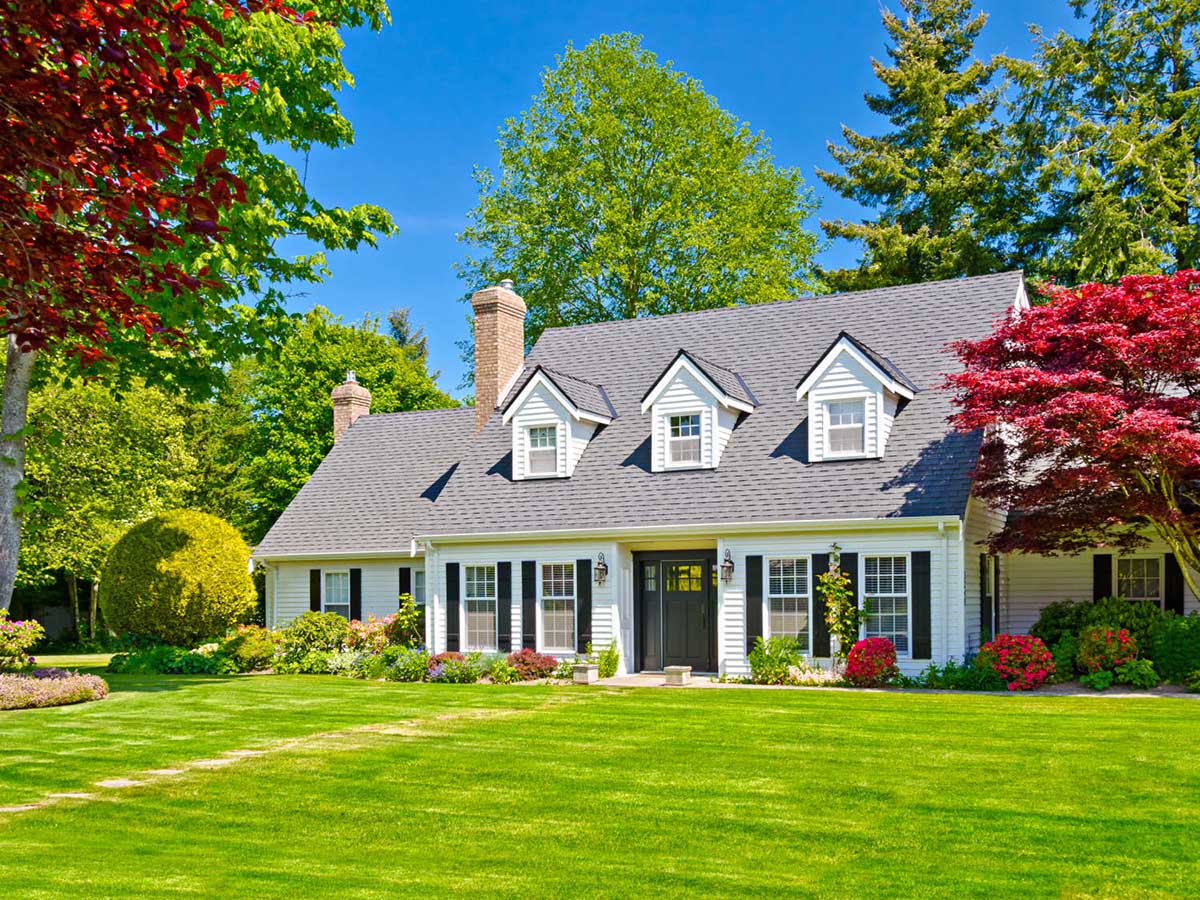
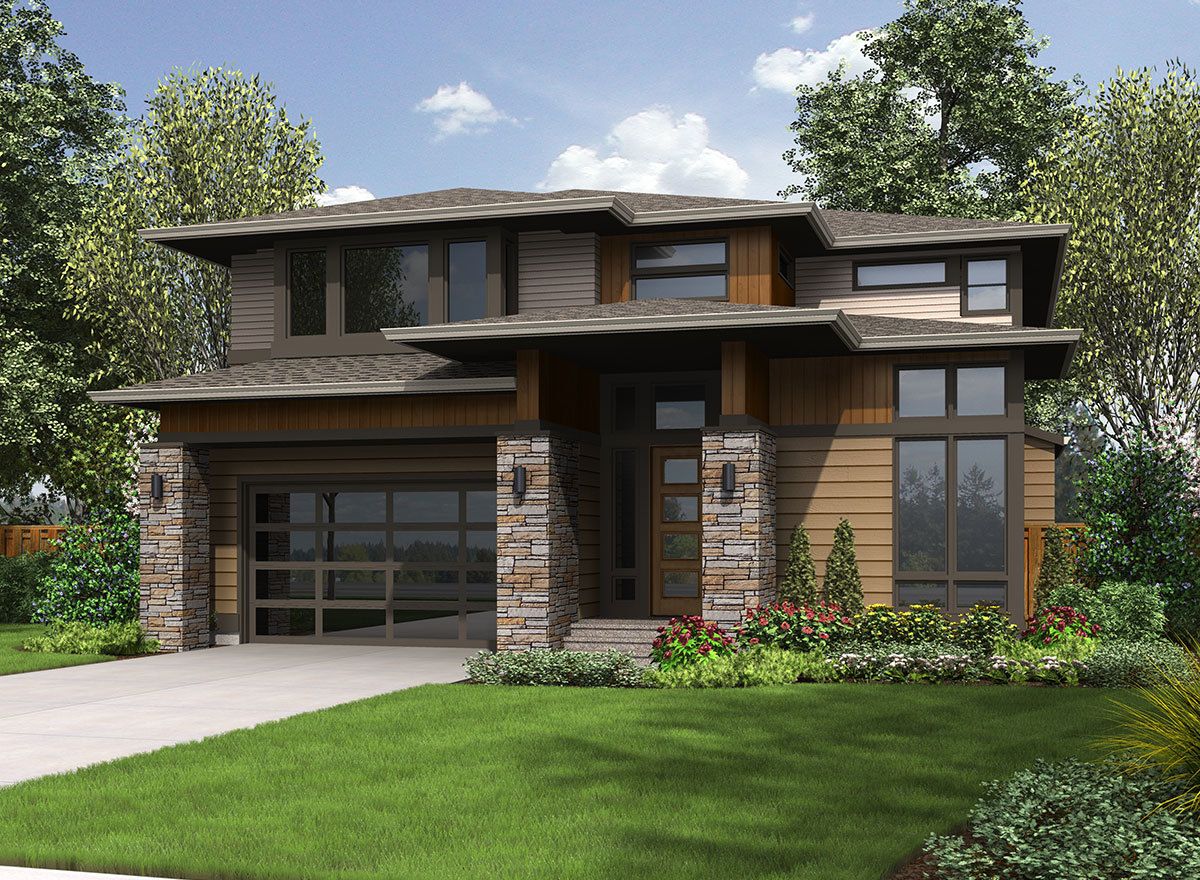

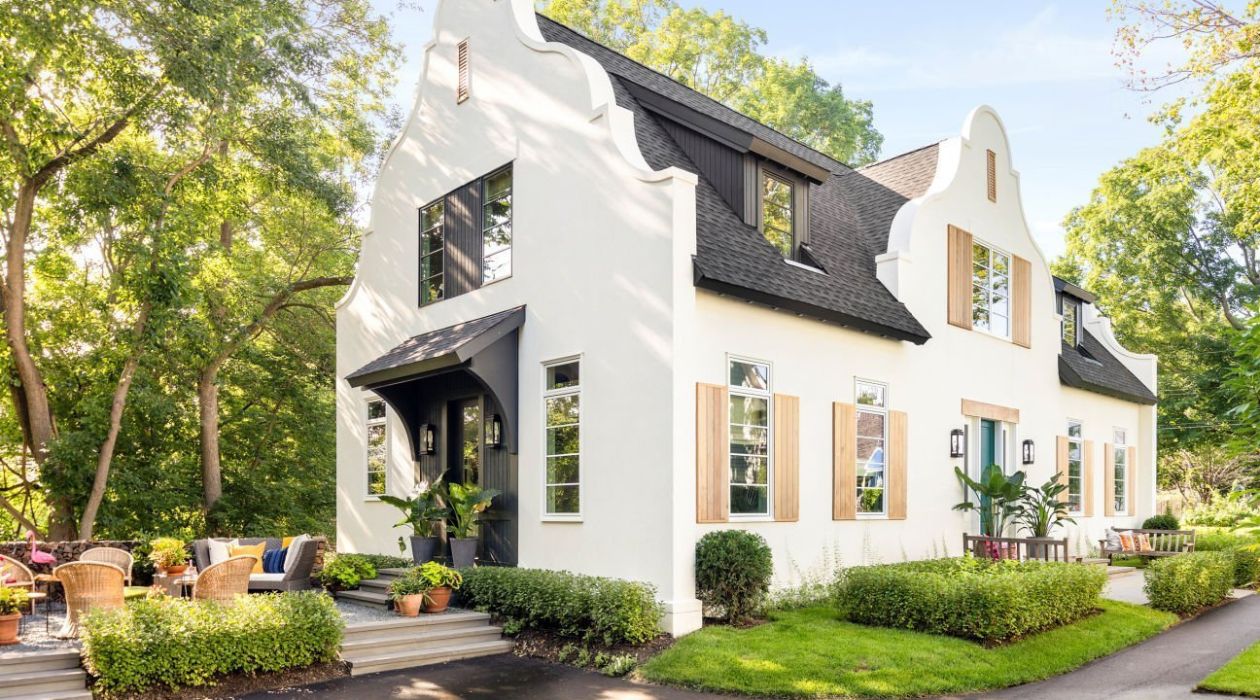
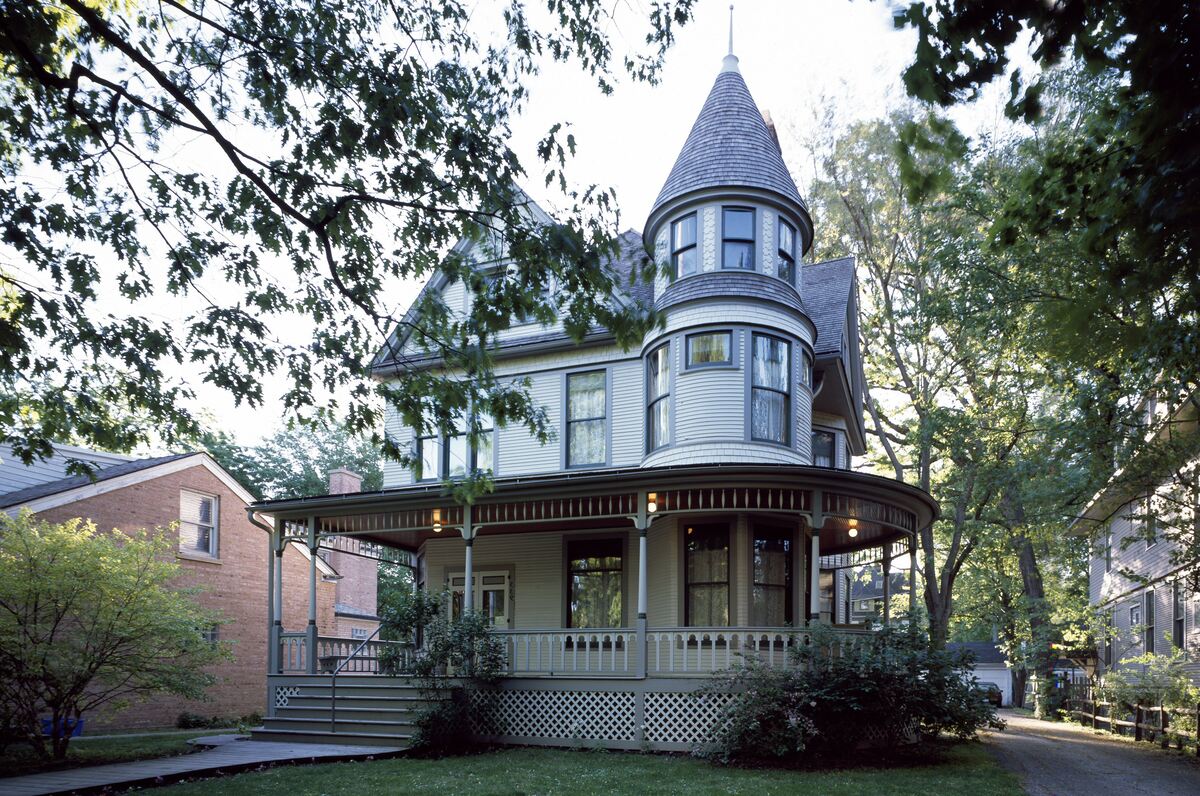



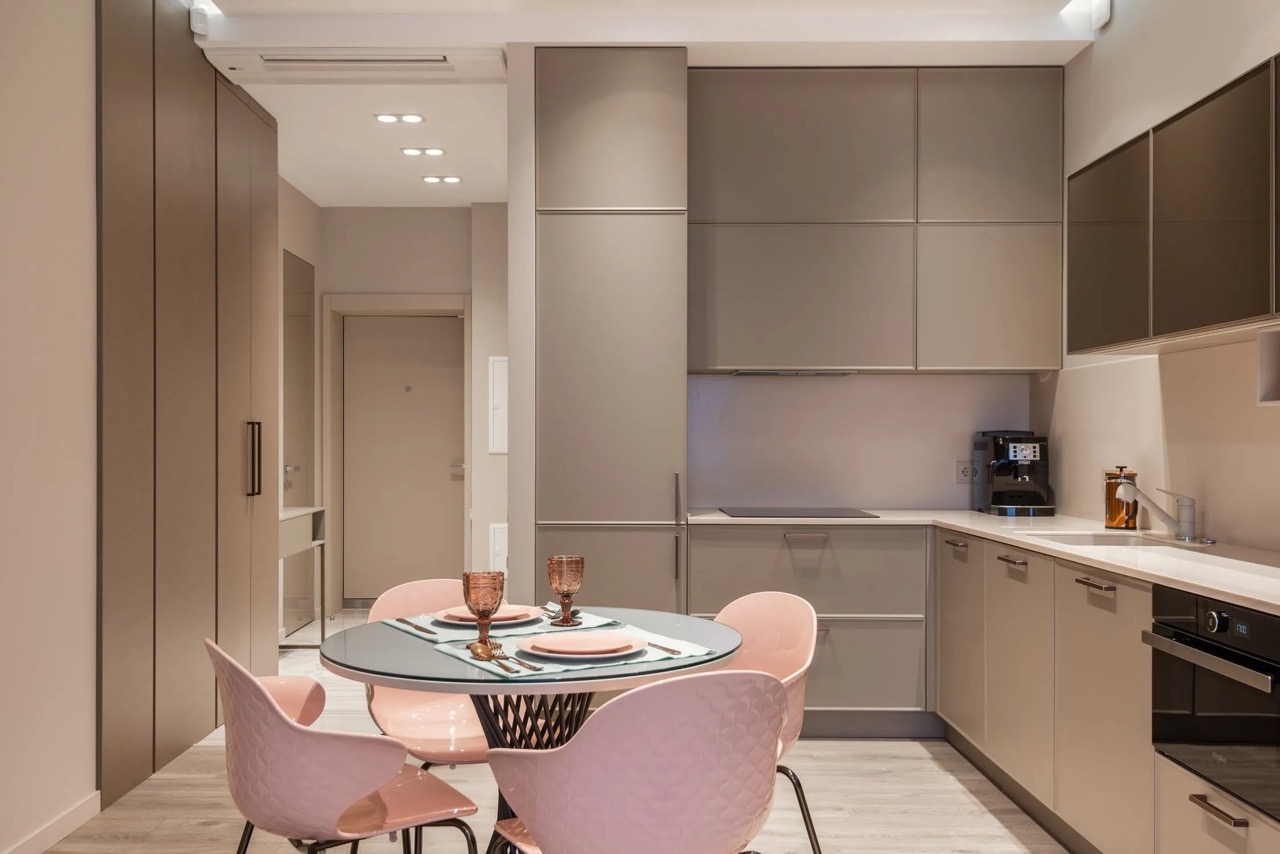




0 thoughts on “Cape Cod House Style – The Ultimate Guide To What It Is And How To Get The Look”